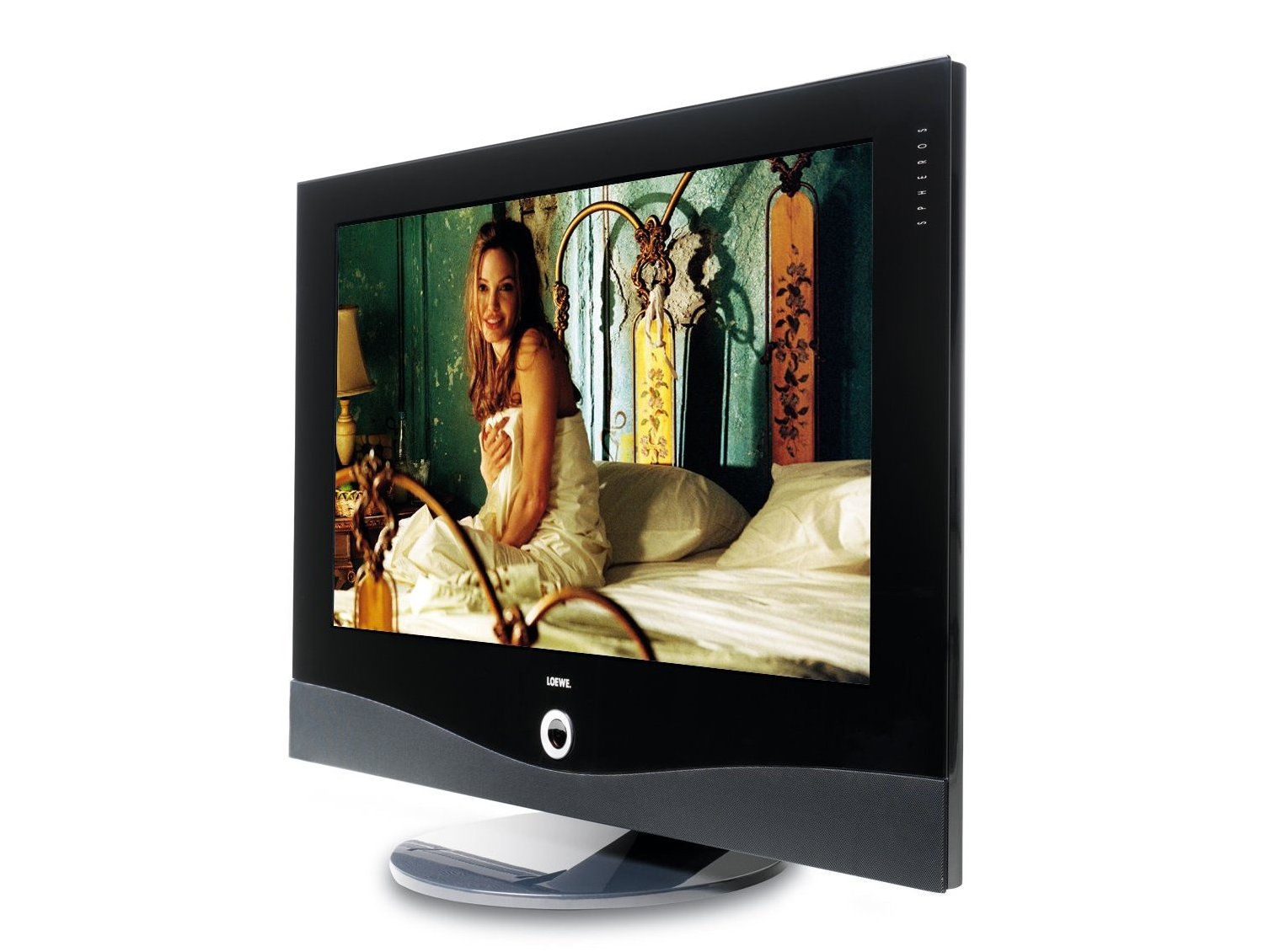TechRadar Verdict
A well-built TV, with excellent audio. But its pictures occasionally lose their way
Pros
- +
Stunning looks
Sharp images
Cons
- -
Fiddly remote
Average black levels
Why you can trust TechRadar
Nobody does different as successfully as Loewe. The German brand has spent years following its own distinctive path when it comes to TV aesthetics and features, and with every generation the results get ever more desirable. So the exquisite construction of Loewe's current flagship hardly comes as a surprise. The Spheros R37 blends a phenomenally robust build quality with striking minimalism, subtle curves and a gorgeous finish to a sumptuous effect.
What's more, you can choose between a platinum finish and an even more glorious - and more expensive - highgloss basalt version. Plus there are multiple, and stunning, mounting options if the simple desktop pedestal doesn't suffice.
Despite this flashness, the connections aren't as opulent as expected of a £3,000 37-inch TV, in that you only get one HDMI input and two Scarts. At least the set supports PC VGA input and has a common interface slot for accessing digital terrestrial subscription-TV services.
The digital tuner is also backed up with compatibility with the seven-day Freeview electronic programme guide. Considerable sheen is taken off this by having to navigate the listings using a fiddly joystick on the remote control.
This Spheros carries Loewe's latest picture-processing system, dubbed Image . Key attributes of this system include techniques for making colours richer and believably toned, boosting clarity and fine detail, and expanding the contrast range. While this sounds impressive, these claims are similar to those made by every other flatpanel TV manufacturer.
Loewe is renowned for offering feature upgrade options. The Spheros R37's step-up version has a second digital tuner and a built-in hard disk recorder. Recordings of standard-definition programming made using this device are indistinguishable from the original broadcast.
Varying visuals
The Spheros R37's pictures vary recklessly between spectacular and merely decent. On the spectacular side, colours can frequently look so outrageously vibrant - especially while watching high-definition footage - that the TV ought to ship with shades.
The set's sharpness and fine detail are also frequently outstanding. Inevitably this strength is at the fore when watching high-definition sources, but many standard-definition sources also look crisper than is common for the flat TV world, presumably thanks to the Image processing.
Another welcome factor is that Image goes about its, clearly beneficial, business without throwing up, or highlighting, many nasty processing artefacts.
The Spheros R37's most significant problems all occur during dark scenes. The set fails to reach the sort of black level depths we now expect of top-line LCDs. Dark scenes can look slightly greyed over and flat. They also tend to look a bit noisy, as well as causing colours to lose both intensity and naturalism.
Sonically the Loewe is far more consistent, producing an audio performance so powerful, clean, detailed and expansive that it makes you wonder why the sound systems on most other flatpanel TVs have to be so rubbish.
Loewe has put together a wonderfully constructed objet d'art in the Spheros R37, which is let down by a picture performance that doesn't always do the immaculate exterior proud. What Plasma Staff
Tech.co.uk was the former name of TechRadar.com. Its staff were at the forefront of the digital publishing revolution, and spearheaded the move to bring consumer technology journalism to its natural home – online. Many of the current TechRadar staff started life a Tech.co.uk staff writer, covering everything from the emerging smartphone market to the evolving market of personal computers. Think of it as the building blocks of the TechRadar you love today.
